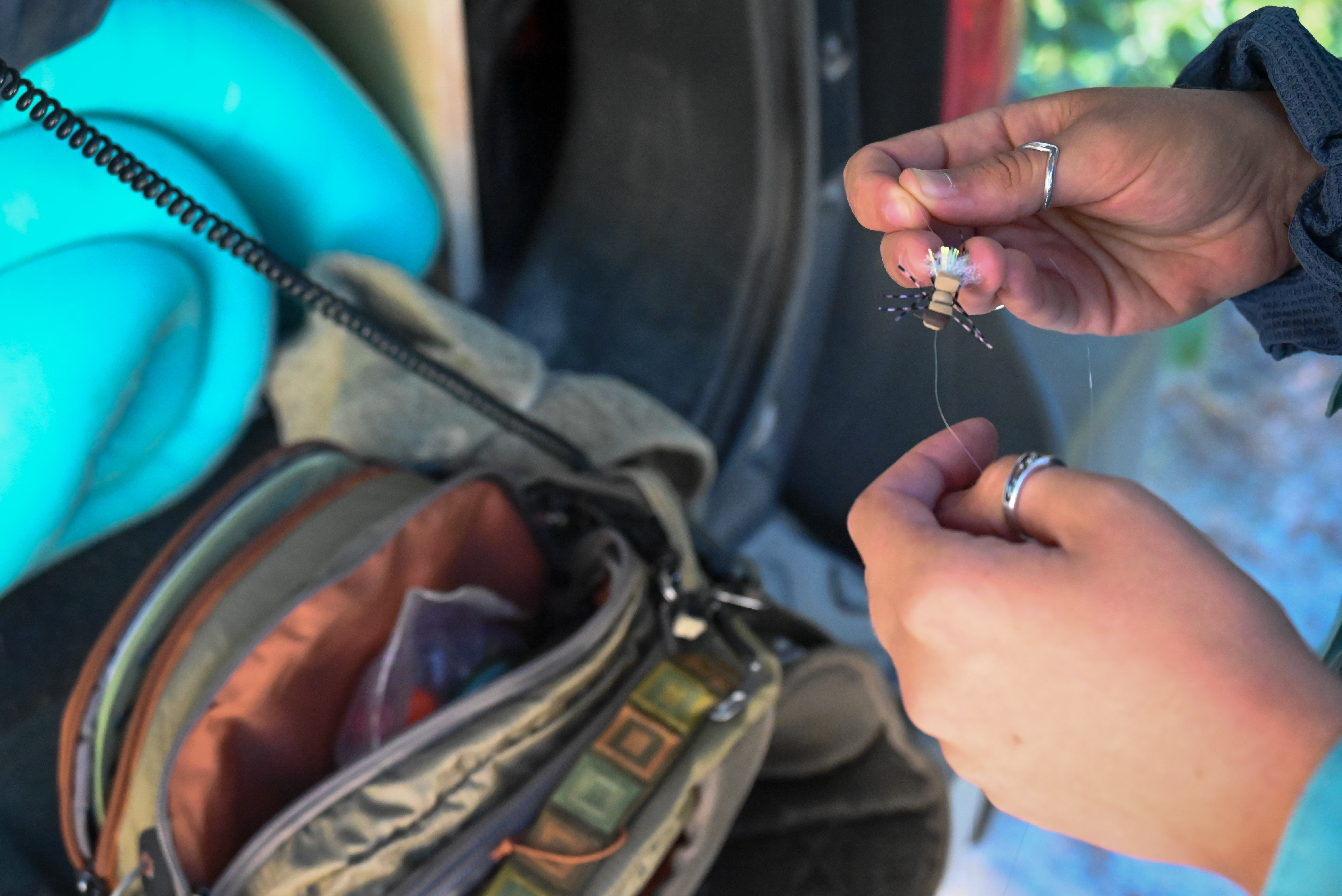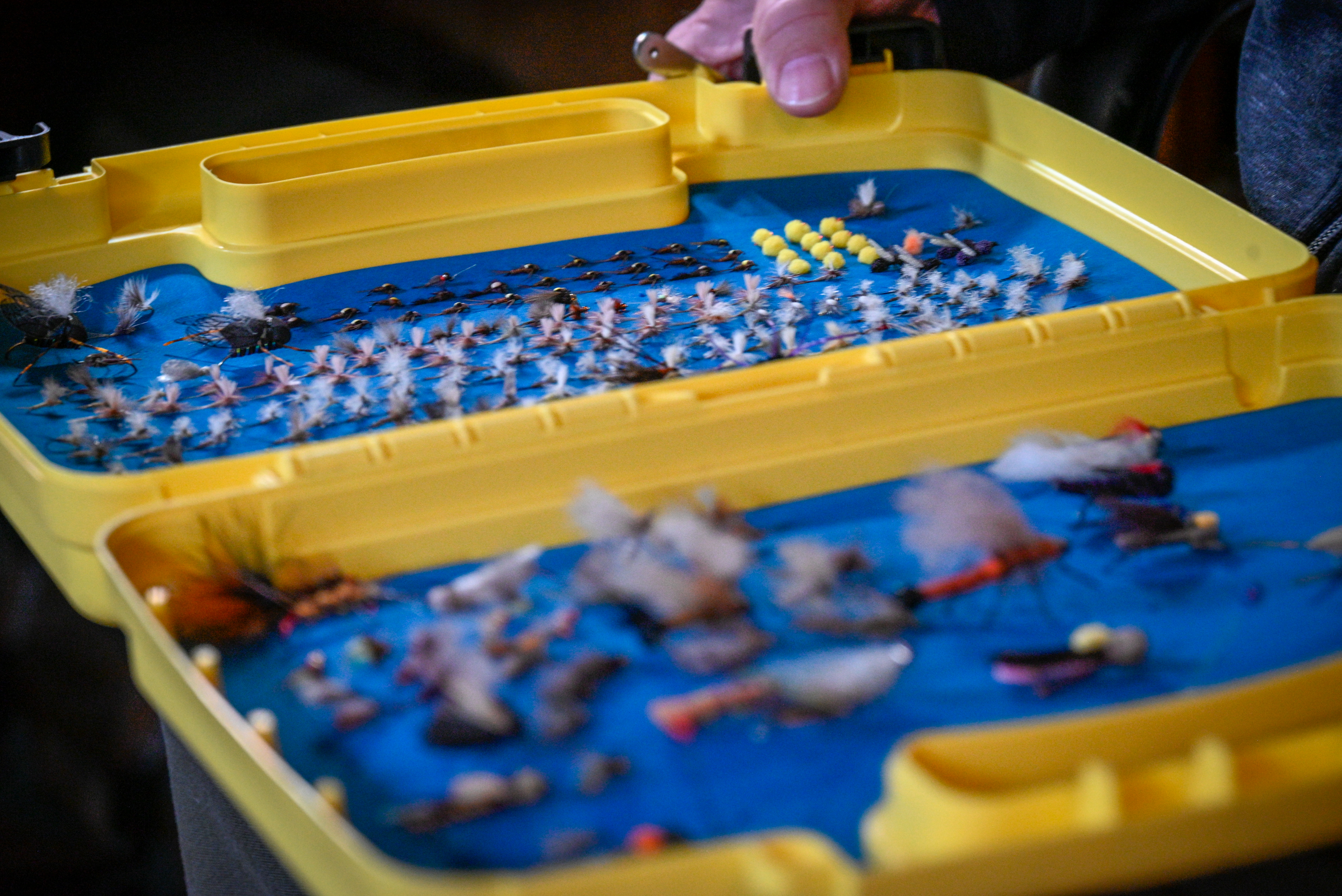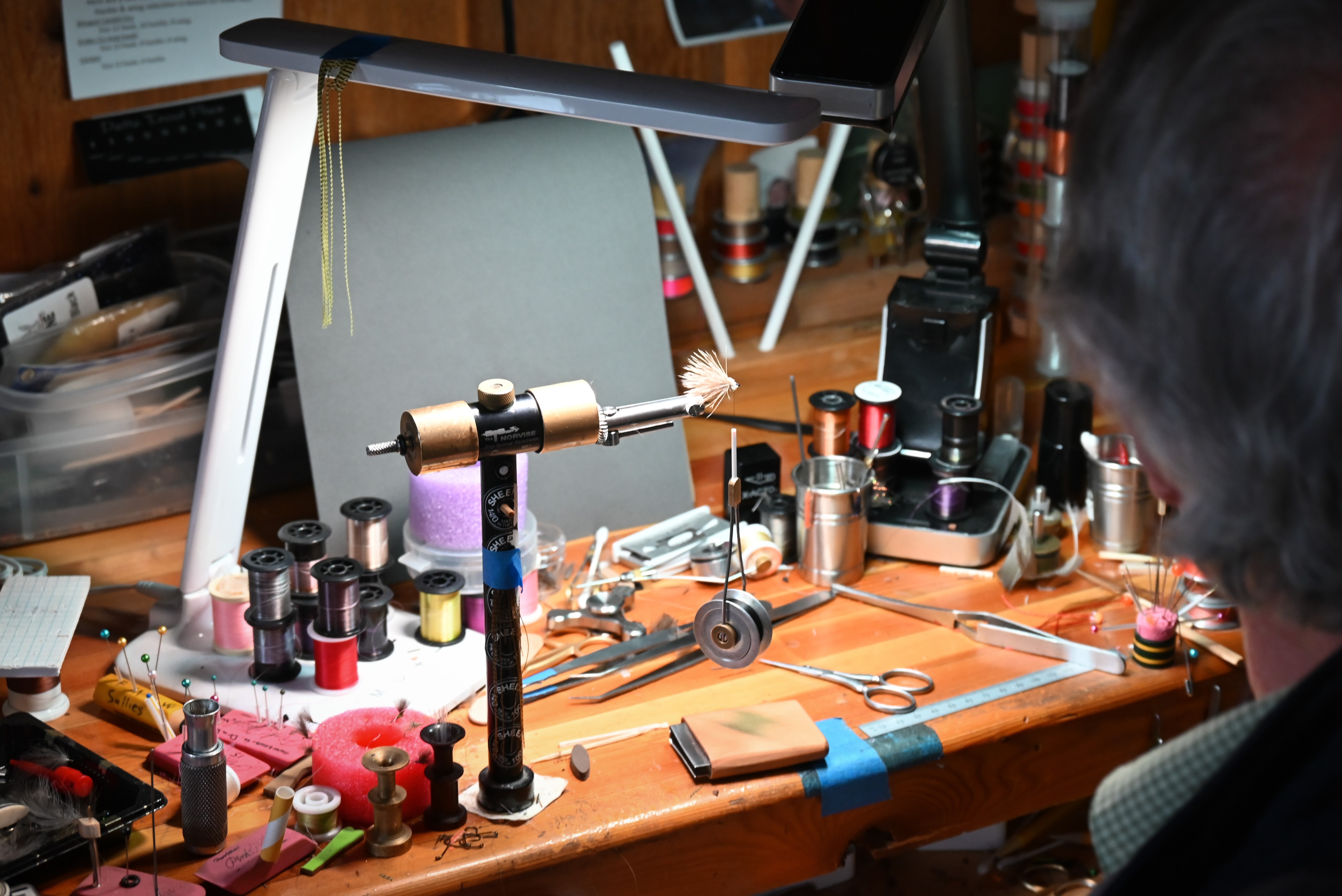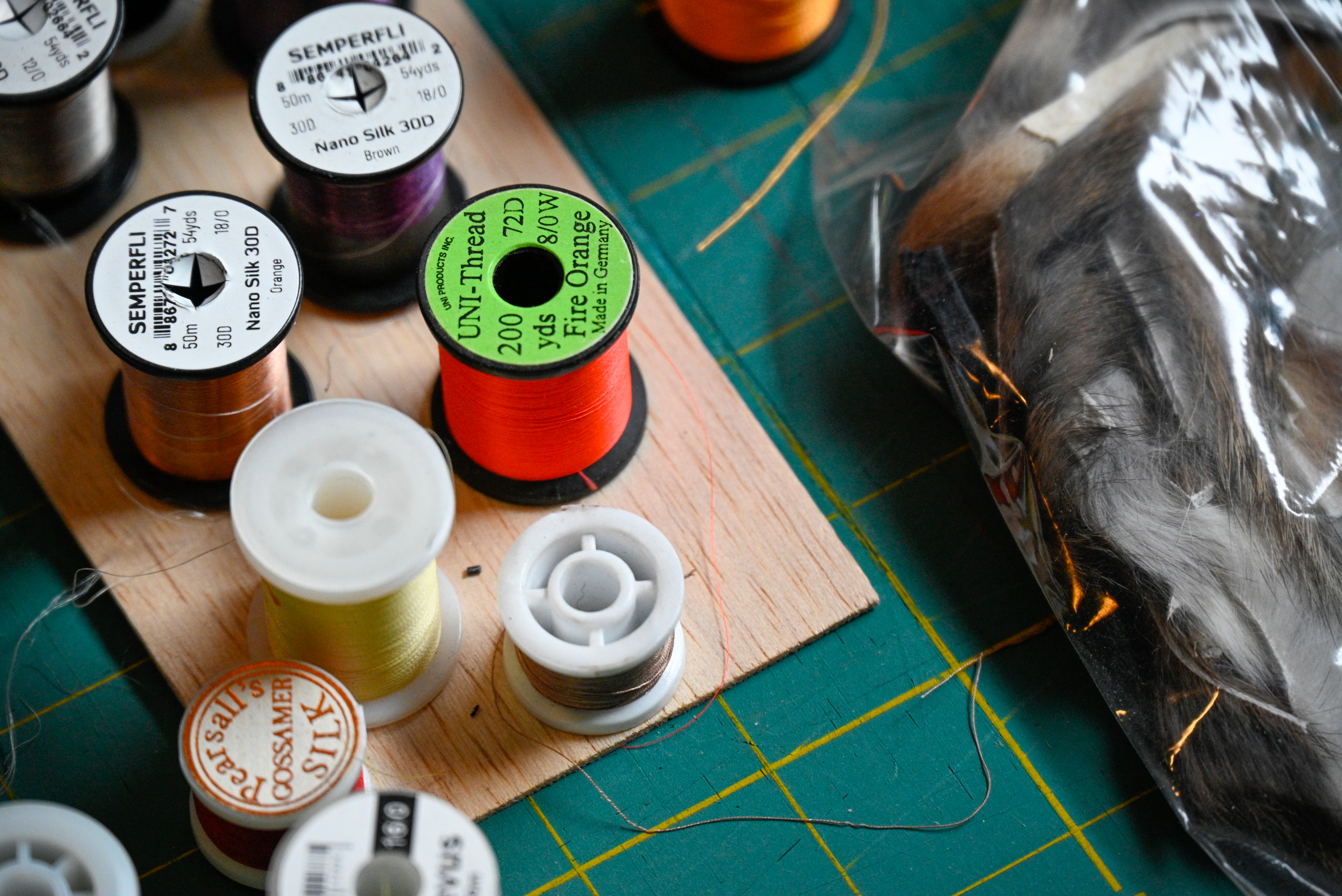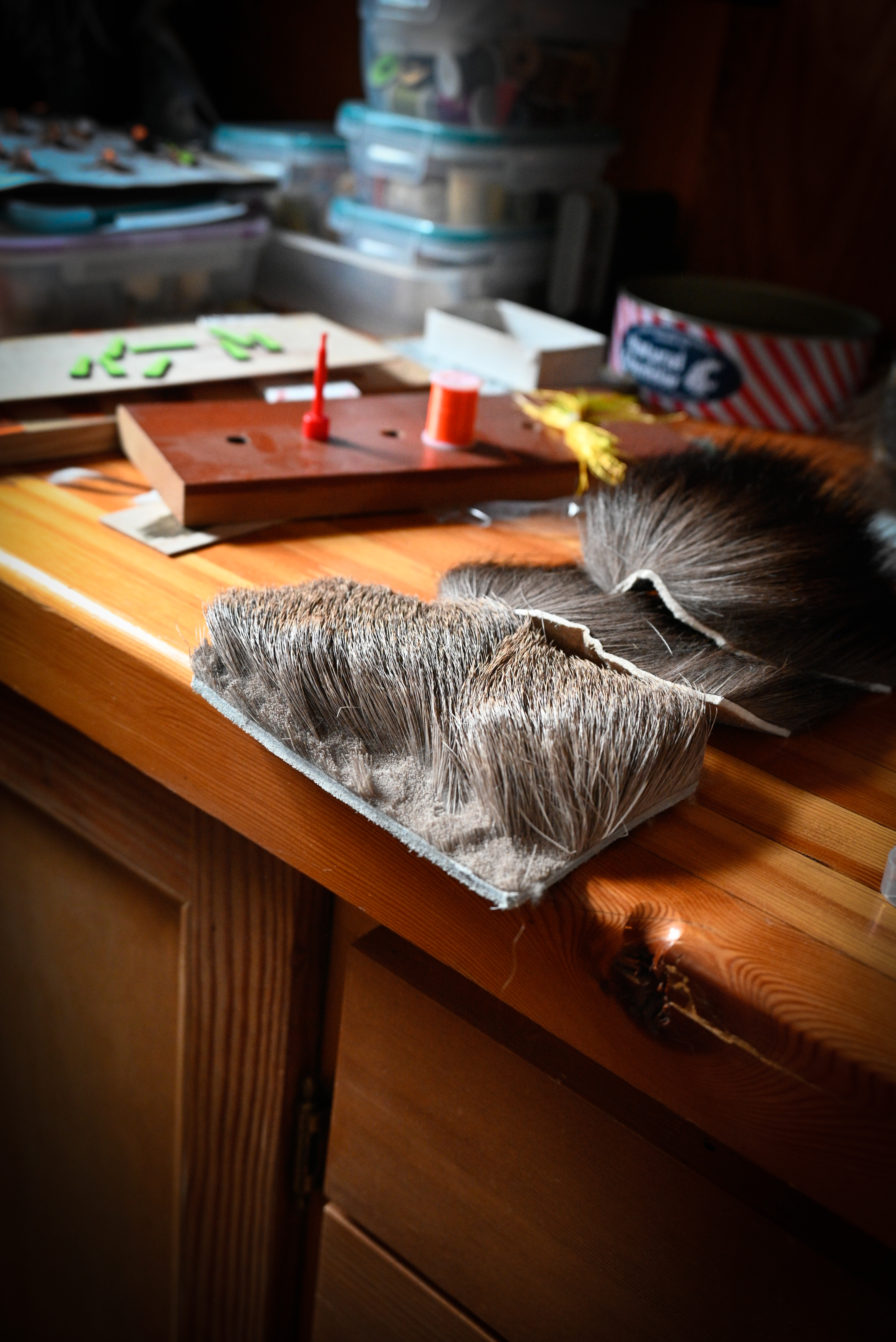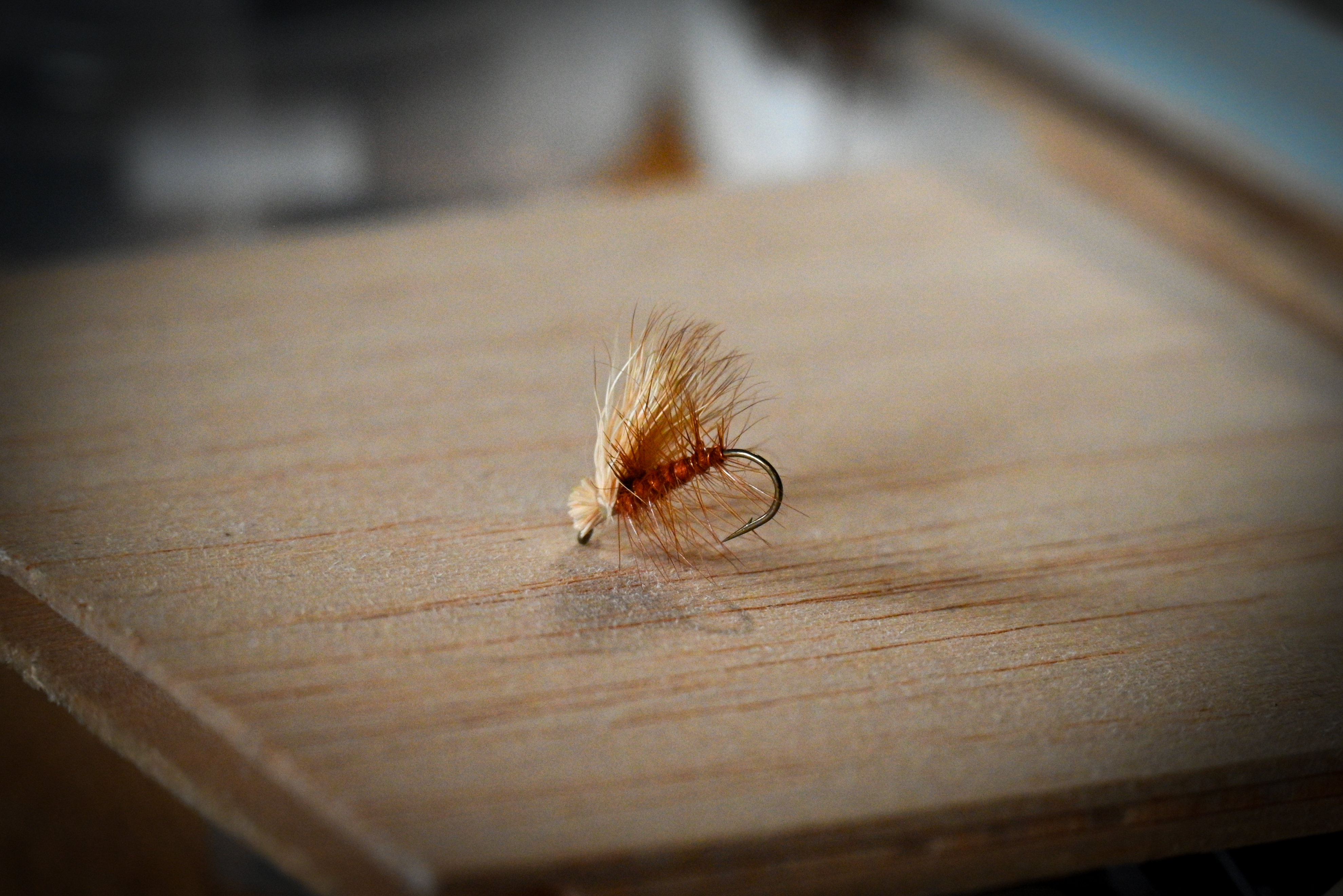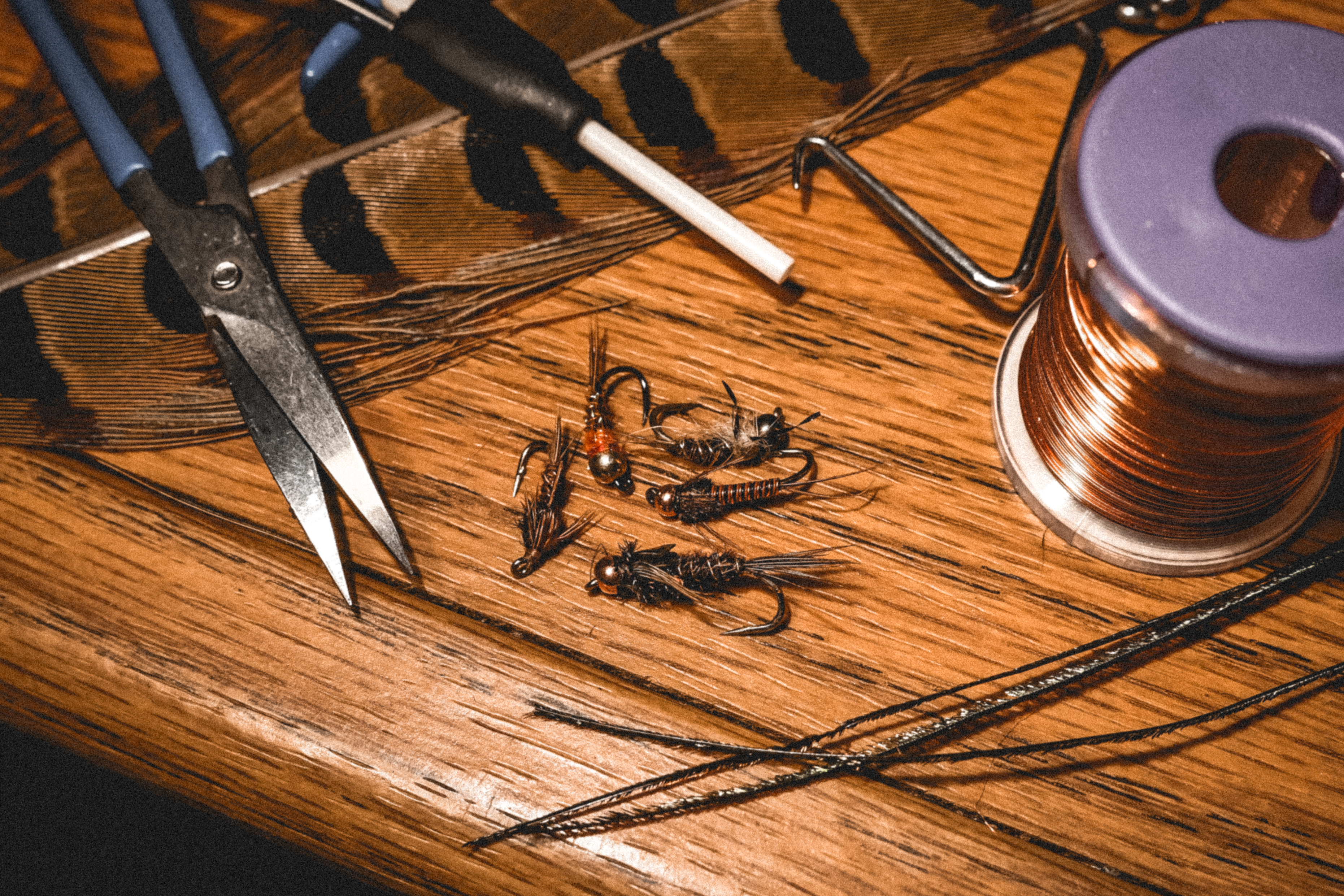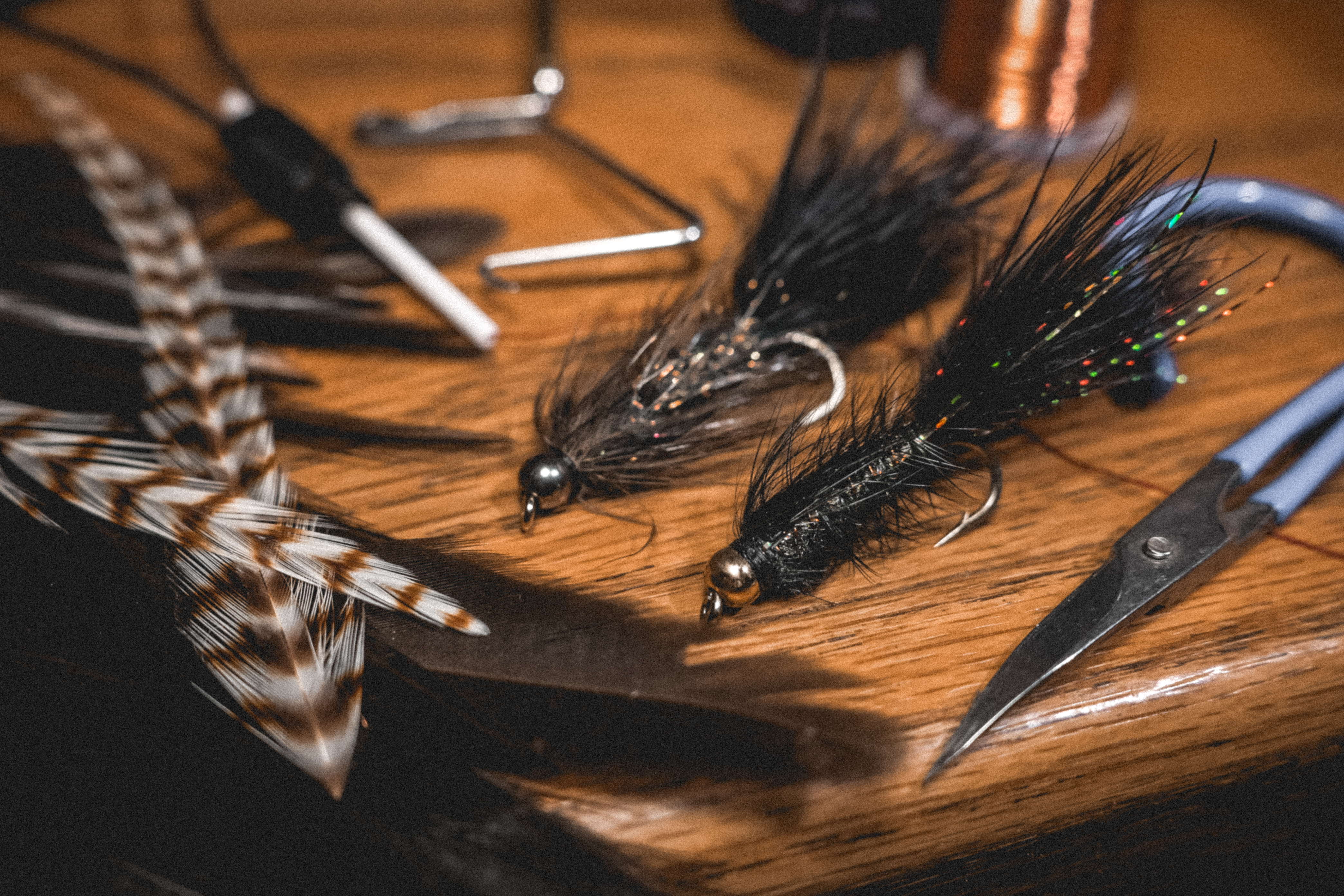Already, you might be thinking: Why on Earth would I want to try tying my own flies when I can go down to my local fly shop and pick up a dozen for pennies on the dollar? Hey, you’re not wrong. Afterall, pretty much any sporting goods store or mom-and-pop tackle shop are going to have more flies than a county landfill.
But, that’s not the point of this story.


